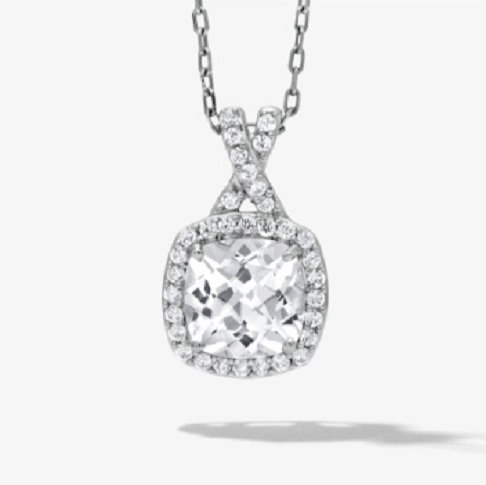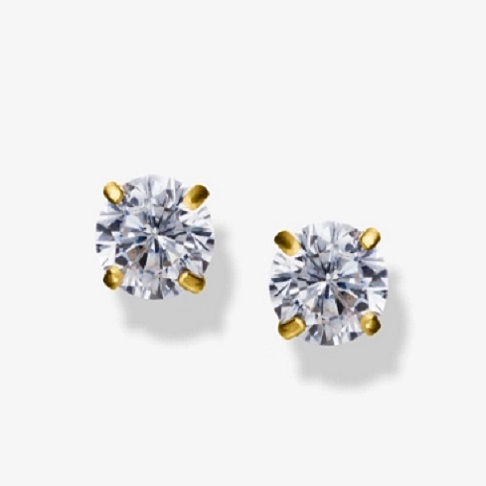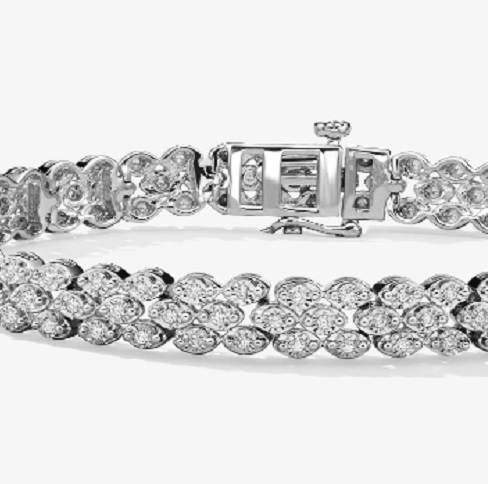Diamond Alternatives | Kay Outlet
Yes, lab-grown diamonds are responsibly sourced and conflict-free.
Lab-created diamonds the same optical, chemical, and physical properties as a diamond that is grown naturally under the earth’s surface. A lab-grown diamond is appraised using the same 4Cs (cut, color, clarity, carat) and can deliver the same fire, scintillation and sparkle as a natural diamond.
Lab-grown diamonds are produced in a lab using specialized technology. The process starts with a diamond seed—a small sliver of carbon crystals. The diamond seed is placed in a chamber of extreme heat and pressure to mimic a natural diamond’s growing environment. The carbon coating helps the diamond crystalize and grow to a larger rough diamond crystal. The technology creates a diamond with the same optical, chemical, and physical properties as natural diamonds, produced in weeks or months what takes nature millennia.
Because lab-grown diamonds have the same optical, chemical, and physical characteristics as natural diamonds, they cannot be distinguished even with a professional loupe under 10x magnification. That’s why KAY lab-grown diamonds 1/5 carat and larger are laser-inscribed with “lab-grown” or "lab -created" on the girdle.
Lab-created diamonds have the same optical, chemical and physical properties as natural diamonds. However, because lab-created diamonds can be produced in abundance, they are less expensive and make larger size diamonds more affordable. Their relative abundance may not ensure that the value will hold over time.
Lab-grown is just one way to describe a diamond that is not created by the earth. Lab-created, man-made, engineered, and cultured diamonds are all different terms for a lab-grown diamond.
Lab-grown diamonds can be cleaned with a mixture of warm water and gentle soap or Kay’s fine jewelry cleaner. Frequency of cleaning depends on the type of jewelry and how often it is worn. For example, an engagement ring worn every day should be cleaned more often than a necklace only worn once in a while. When you’re not wearing your lab-grown diamond jewelry, store it in a dry place away from sunlight, air and humidity.
A diamond may mistakenly be identified as a moissanite when using some diamond testers due to their similarity in thermal conductivity. Professionals can easily distinguish between the two gems due to their differing refractive properties, with moissanites being double refractive and diamond being single refractive.
Diamond Education from the Experts
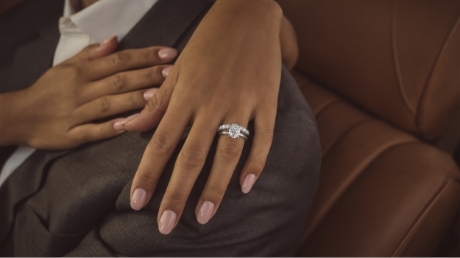
Lab-Grown Diamonds
Lab-created diamonds come in a variety of classic and modern shapes and cuts. Explore our options to find a diamond that fits your style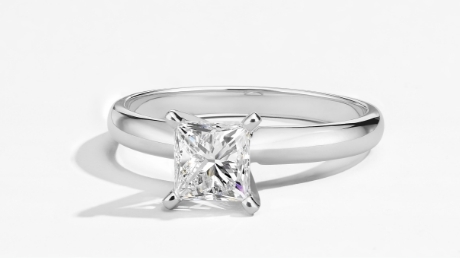
The Four Cs of A Diamond
Understanding the cut, clarity, color and carat of a diamond can help you choose the one that suits your lifestyle and budget.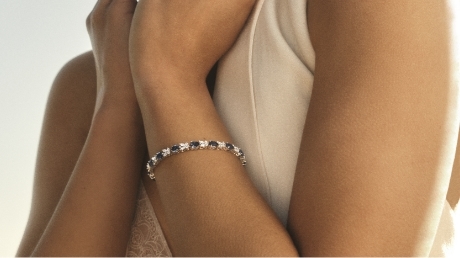
Lab-Grown Gemstones
Learn more about lab-grown gemstone jewelry and explore KAY Outlet's stunning selection, so you can find the perfect gift.

